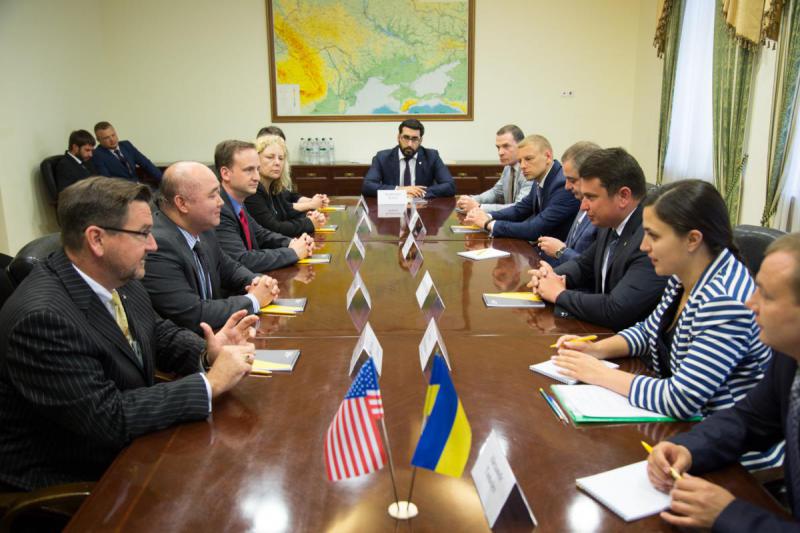Under the Iran deal, Iran agreed to redesign, convert and limit its nuclear facilities.
Particular focus was put on Iran’s uranium-enrichment capabilities, putting serious limitations on uranium-enrichment facilities in Iran – Natanz and Fordow. Among other resolutions, Iran also agreed to allow inspection of all its nuclear facilities and the IAEA inspectors will be able to request visits to military sites. However, it doesn’t guarantee them access to military sites.

Fordow is Iran’s second fuel enrichment facility, buried under a mountain in the Great Salt Desert near the holy city of Qom. Before the Iran deal, the bunker was filled with 2,710 centrifuges that could enrich uranium to weapons-grade materials.
Under the nuclear agreement, Iran agreed to stop any uranium enrichment and uranium enrichment R&D at Fordow and turn the plant into a nuclear physics and technology center that will produce radioisotopes for use in medicine, agriculture, industry and science.
Reported in part by Free Beacon:
U.S. State Department officials described Iran’s blocking of an international nuclear inspector from accessing key nuclear sites last week as an “outrageous and unwarranted act of intimidation” amid growing concerns Iran is hiding undeclared nuclear materials.
The administration suspects that Iran is trying to prevent international inspectors from confirming its work with prohibited nuclear materials.
“The United States is deeply concerned about the two issues the IAEA acting director general described in today’s special session of the IAEA Board of Directors,” the official said. “First, that the IAEA has detected evidence of potential undeclared nuclear material in Iran, and second, the detention of an IAEA inspector. Along with Iran’s expansion of proliferation-sensitive nuclear activity, this pattern of deception and intimidation is unacceptable. All nations should be concerned that Iran is not fully cooperating with the IAEA and should demand Iran immediately redress these serious problems.”
The diplomatic escalation comes as Iran breaches limits on the amount of enriched uranium it produces and the enrichment methods it uses. It escalated installations of advanced centrifuges in the past week and has vowed to continue doing so.
Nuclear experts told the Free Beacon that Iran’s behavior raises multiple questions and concerns about the nature of its ongoing work.
“Assuming the IAEA version of events is correct and she did not have explosive contamination on her person, then Iran may be testing what the reaction is to denying inspectors access to safeguarded sites,” David Albright, a former weapons inspector and president of the Institute for Science and International Security, told the Free Beacon.
“How long does it take for this episode to be reported to the board and media?” he asked. “Does the IAEA send a replacement quickly? How many countries and which ones believe the Iranian rationale? Is there outrage or are there divisions that delay a coordinated response?”
Andrea Stricker, a nonproliferation analyst and research fellow at the Foundation for Defense of Democracies, described Iran’s actions as “highly provocative.”
It “gives the impression that Iran could be considering curtailing inspection authorities as a future step to draw down its JCPOA commitments,” Stricker said. “It’s a hostile sign for sure.”






